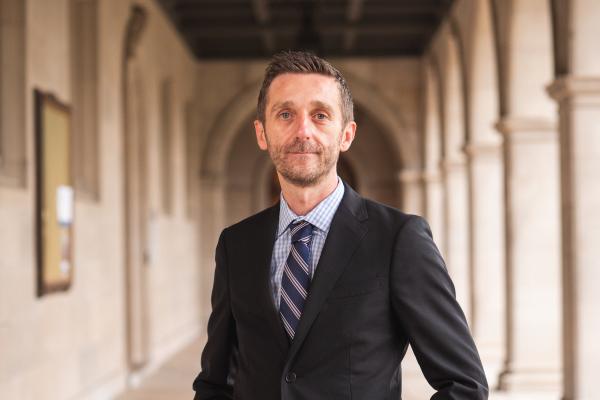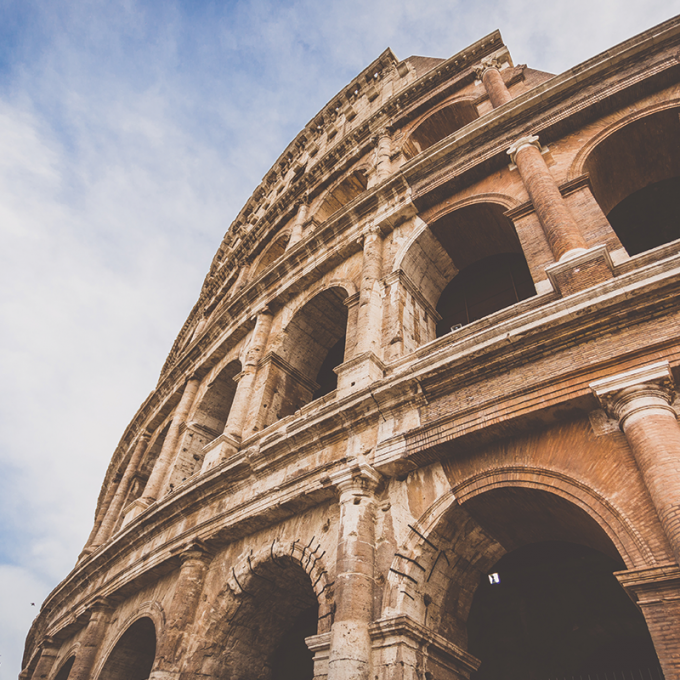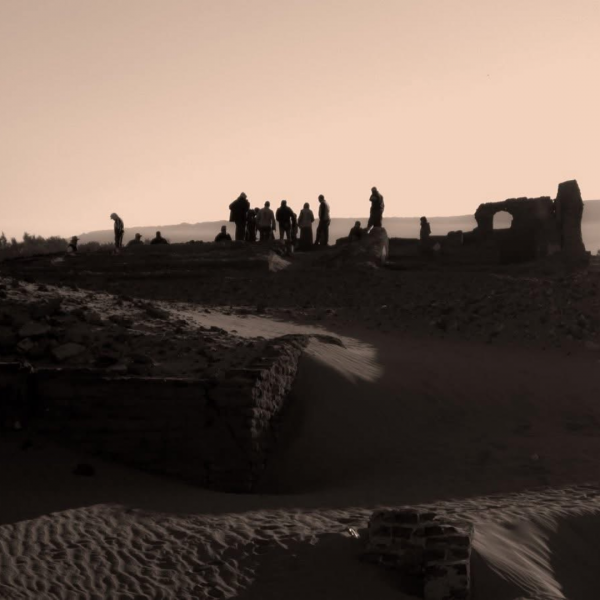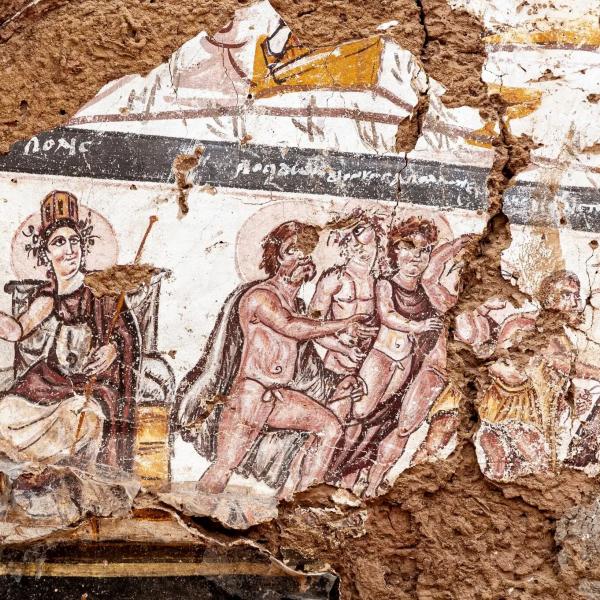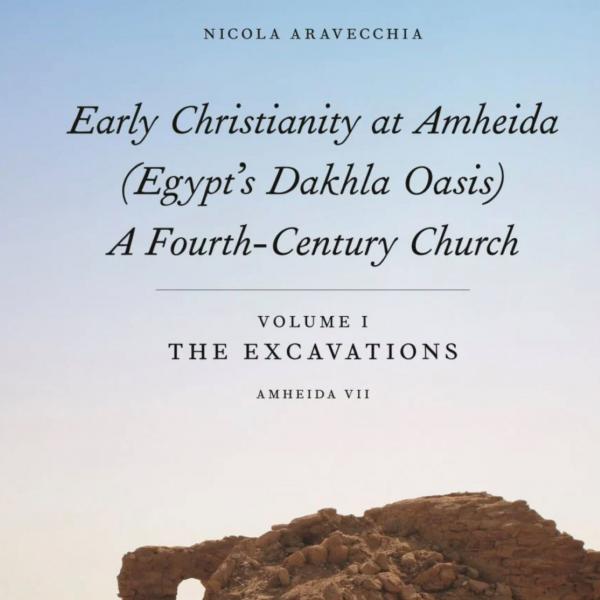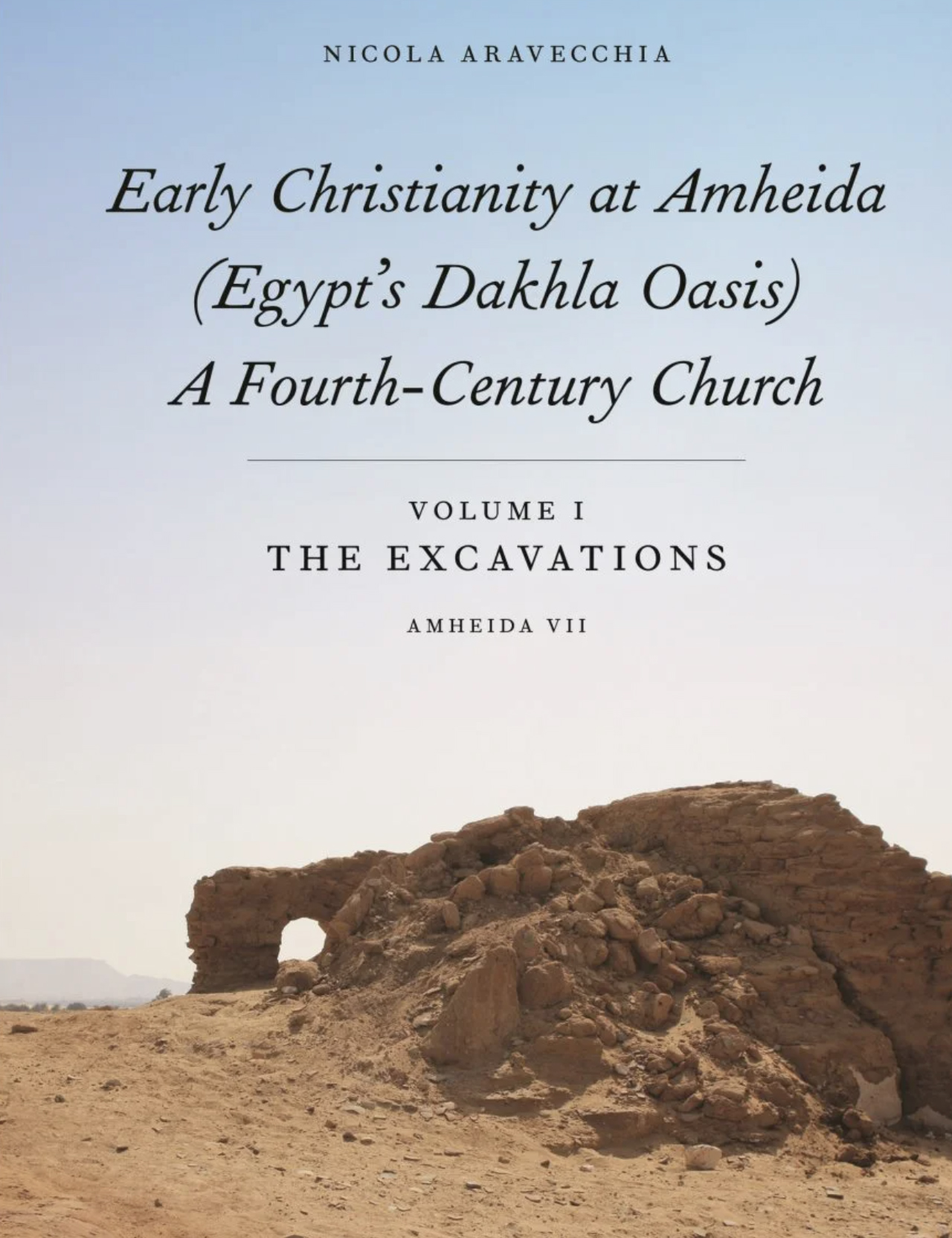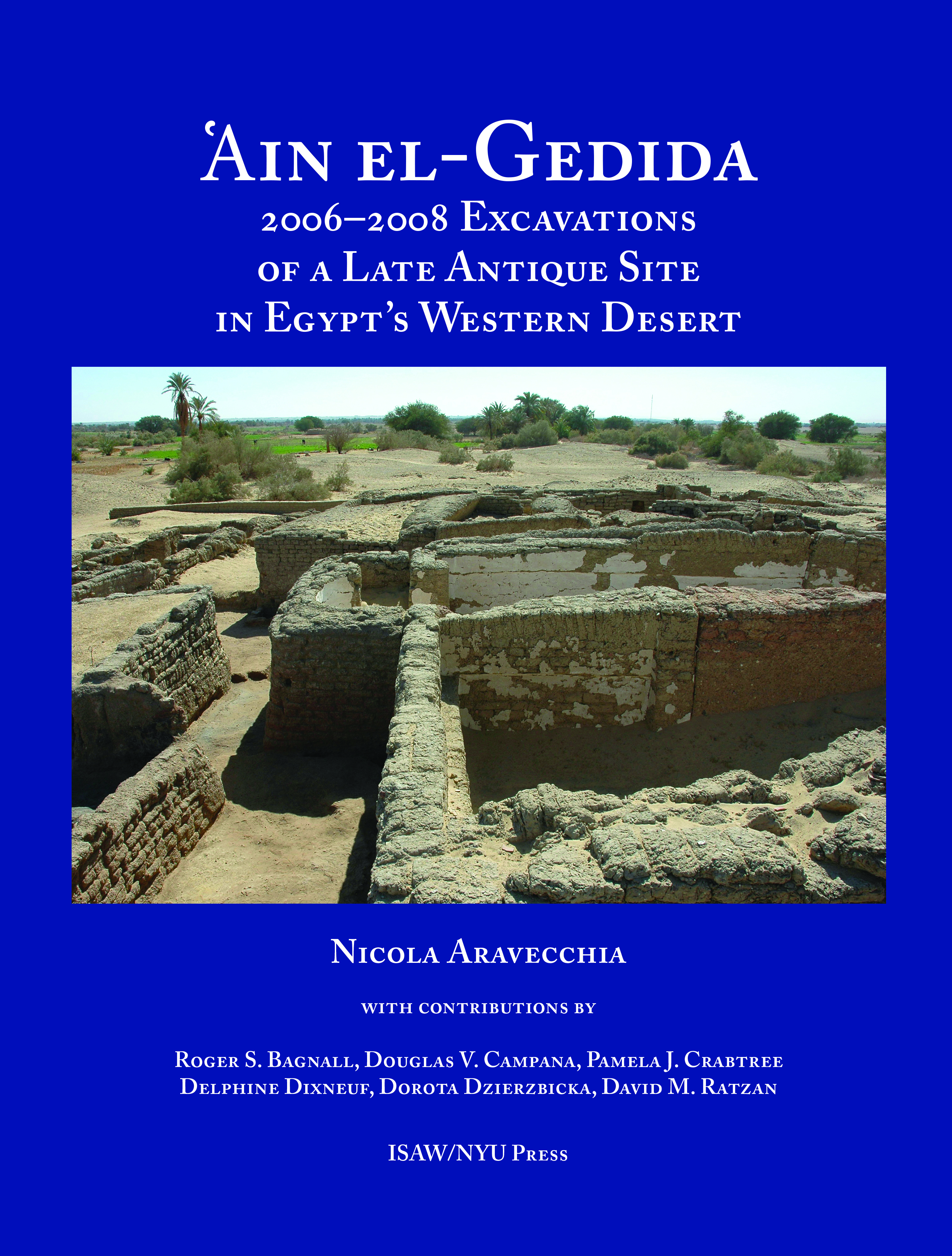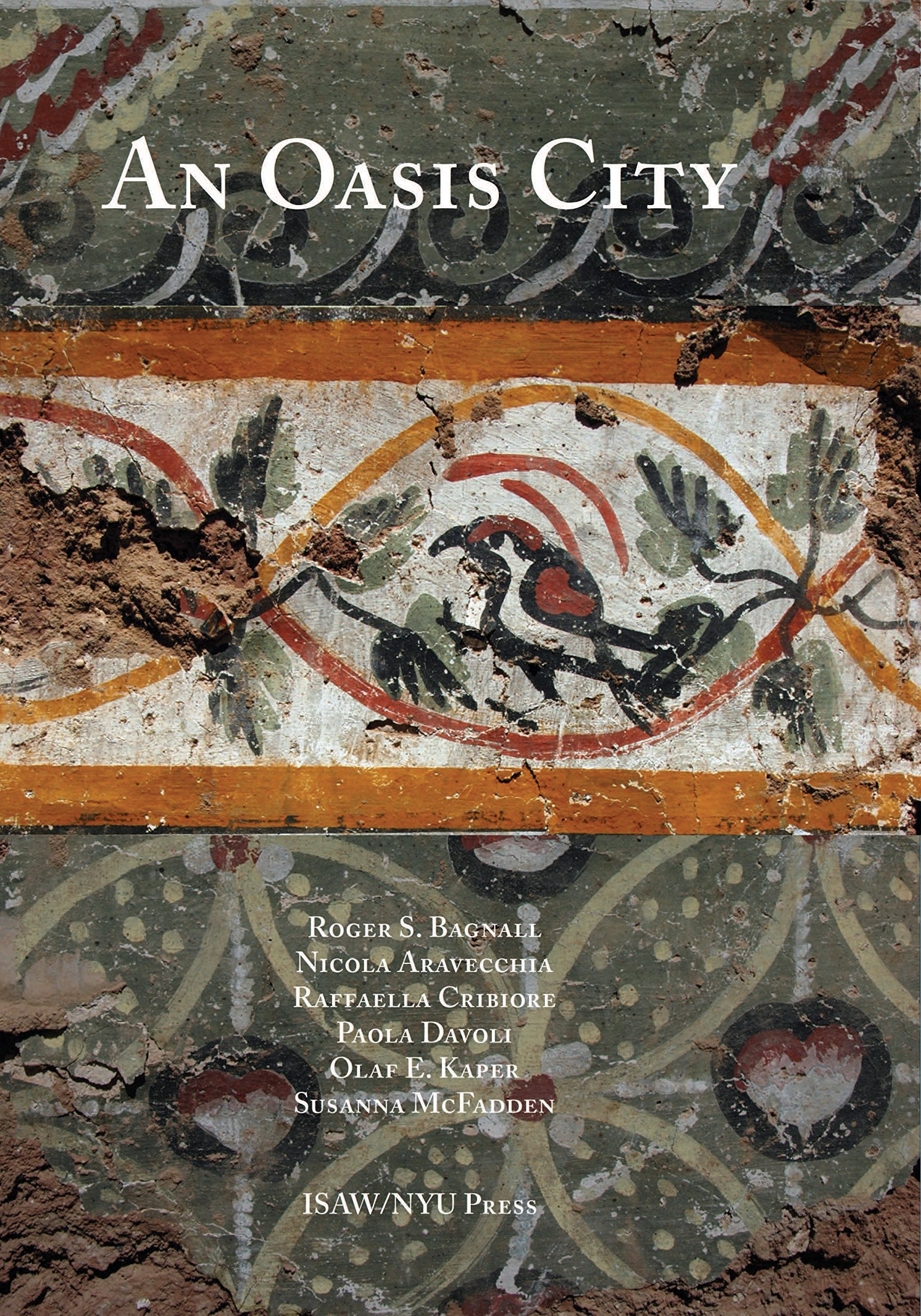Nicola Aravecchia's research interests include Archaeology of the late Roman period, early Christian art & architecture, late antique Egypt, and early Egyptian monasticism.
Nicola Aravecchia is Associate Professor of Classics and of Art History and Archaeology at WashU. He holds a BA in Classical Studies from the University of Bologna, an MA in Ancient and Medieval Art & Archaeology and a Ph.D. in Art History both from the University of Minnesota. Nicola is also a Research Affiliate of the Institute for the Study of the Ancient World at New York University. In the Spring of 2016, he was the invited Chair of Coptic Studies at The American University in Cairo and in 2020 he was elected to the Board of Governors of the American Research Center in Egypt. Nicola’s research interests encompass the art and archaeology of Graeco-Roman and late antique Egypt. In particular, they focus on the origins and development of early Christian architecture in Egypt. Since 2005, Nicola has been involved in archaeological projects in Dakhla Oasis, located in Egypt’s Western Desert. In 2022, he became the Archaeological Field Director at Amheida/Trimithis, a Graeco-Roman city in Dakhla. Nicola's latest book, entitled Early Christianity at Amheida (Egypt's Dakhla Oasis): A Fourth-Century Church, appeared in the Fall of 2024 (published by ISAW/NYU Press). Nicola is also the main author of ʿAin el-Gedida: 2006–2008 Excavations at a Late Roman Site in Dakhla Oasis, Egypt and a co-author of An Oasis City (both volumes published by ISAW/NYU Press). Nicola has written articles and essays on related subjects, most recently on the capacity and use of space in early Egyptian churches. Before joining WashU, Nicola taught at New York University, The American University in Cairo (Egypt), and Monash University in Melbourne (Australia). At WashU, he teaches courses on Egyptian art and archaeology, ancient urbanism, monastic archaeology, Egyptian Christianity, as well as Classical languages.

